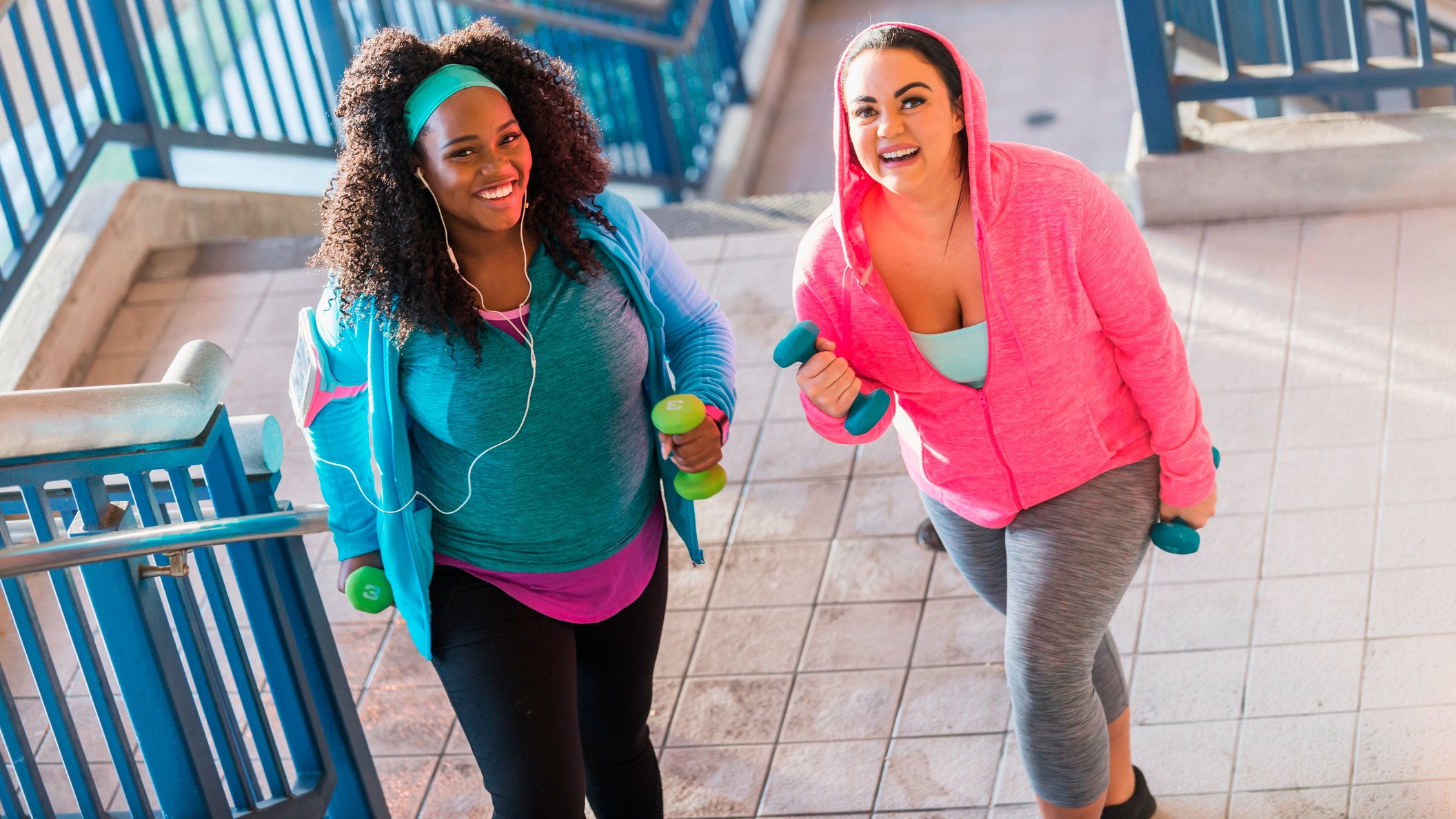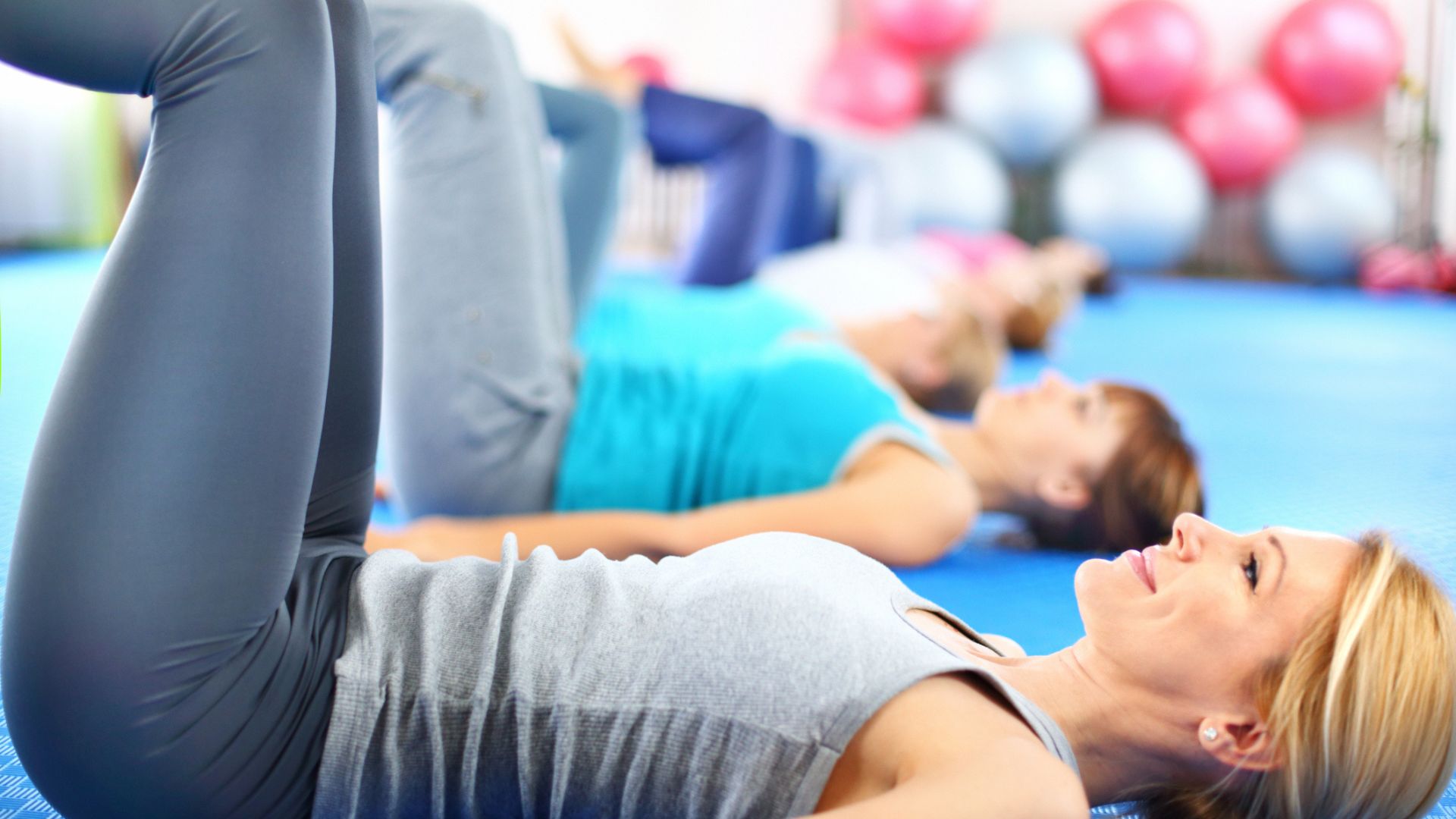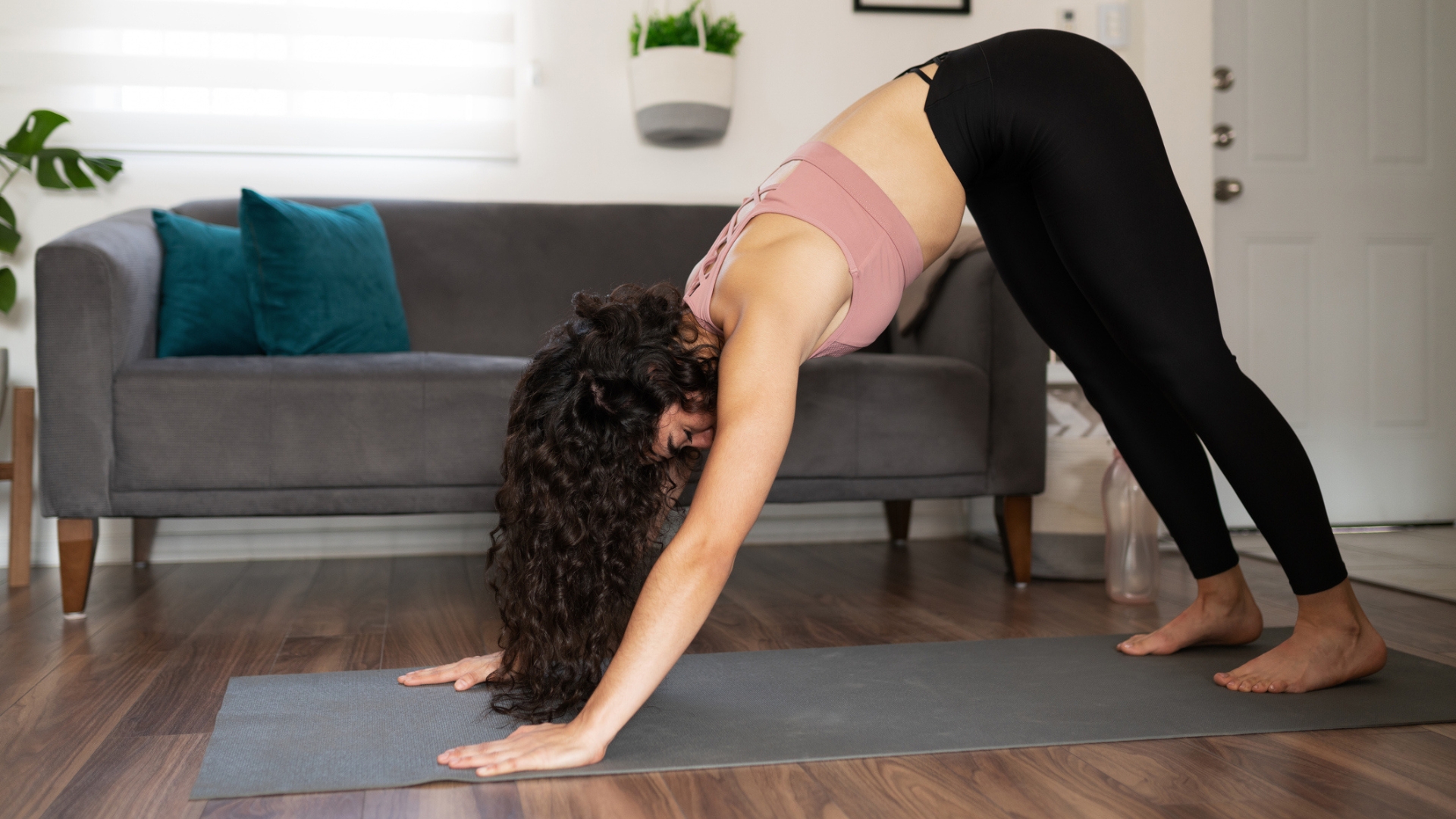Not got the time for more daily steps? Here are three ways to make your walk more challenging and boost your metabolism
How weight, speed and incline can be used to increase the intensity of your walks

If you’re trying to be more active but don’t have the time to squeeze more steps into your day, you can make your walks more challenging instead. Using the principle of progressive overload—where you incrementally increase the difficulty of exercise to increase your fitness levels—you can get more from the time you can spend walking.
I spoke to Milica McDowell, a doctor of physical therapy, exercise physiologist and VP of Operations for Gait Happens, to get her expert opinion on how to increase the challenge safely when walking.
“For a deconditioned person we would add 5% more per week and if you're a well-conditioned person we would only add 10% more per week,” says McDowell.
But 10% more what? Here are three things you can do to get more out of your regular walks.
1. Add weight
You could wear a weighted vest, carry hand weights, or join the rucking trend and carry extra weight in a backpack to increase your calorie burn, but you need to add weight carefully.
“As soon as you add additional load, you're also adding stress to your joints, tendons, and ligaments,” says McDowell. This is why staying within the 5%-10% a week overload parameters is important.
2. Add speed
“If you're trying to burn more calories, you need to walk faster,” says McDowell. “If you're walking faster and it increases your heart rate, then you will burn more fuel. By increasing your walking speed you can lose more weight and burn more calories.”
Get the Fit&Well Newsletter
Start your week with achievable workout ideas, health tips and wellbeing advice in your inbox.
You can control your speed if you walk on a treadmill, or if you're outside try gradually increasing your cadence—the number of steps you take in a minute. Research suggests 100 steps a minute is brisk enough to support weight loss and there are lots of free metronomes online you can play through your phone and match your steps to. Work out your current cadence, then gradually increase by 10% week by week until you're walking at 100 steps a minute.
3. Add incline
This is much easier to control on a treadmill, because it’s just the case of pressing a button rather than trying to calculate the incline of your nearest hill. You can adjust the angle of your treadmill usually from between 0% and 15%. If you currently walk on a 0% incline (flat), an increase of 1% to 2% is enough to start with.
How many steps a day should you be doing?
“If you are over 60, your rate of diminishing returns [the point at which the benefits of walking begin to plateau] is about 7,500 to 8,000 steps per day. If you're under 60, it's between 8,000 and 10,000,” says McDowell. “If you're walking below 2,500 steps a day, I'd be very concerned; 5,000 is the first marker for improvements in depression; 7,500 is the next marker for depression. So the sweet spot in my opinion, and I believe the science backs, is 7,000-8,000. At that point, you are doing yourself a world of good.”

Milica McDowell is a doctor of physical therapy, with more than 20 years of experience in sports orthopedics. She served for nine years as a member of the university faculty in health and human performance at Montana State University-Bozeman and is an expert in exercise, fitness, walking, shoes, healthy habit stacking, behavior change, sports medicine, orthopedics, injury prevention, posture and gait mechanics. McDowell is also a personal trainer, gym owner, 13-time Ironman finisher, 50km ultramarathon finisher and a CrossFit level 1 certified coach.

Lou Mudge is a Health Writer at Future Plc, working across Fit&Well and Coach. She previously worked for Live Science, and regularly writes for Space.com and Pet's Radar. Based in Bath, UK, she has a passion for food, nutrition and health and is eager to demystify diet culture in order to make health and fitness accessible to everybody.
Multiple diagnoses in her early twenties sparked an interest in the gut-brain axis and the impact that diet and exercise can have on both physical and mental health. She was put on the FODMAP elimination diet during this time and learned to adapt recipes to fit these parameters, while retaining core flavors and textures, and now enjoys cooking for gut health.
-
 A Pilates instructor says this is the beginner-friendly core exercise everyone should try
A Pilates instructor says this is the beginner-friendly core exercise everyone should tryForget crunches, this is the perfect foundation move
By Alice Porter Published
-
 Prevent poor posture and release tension from sitting down with these four simple stretches from a yoga instructor
Prevent poor posture and release tension from sitting down with these four simple stretches from a yoga instructorThe daily poses he swears by, no matter what
By Alice Porter Published